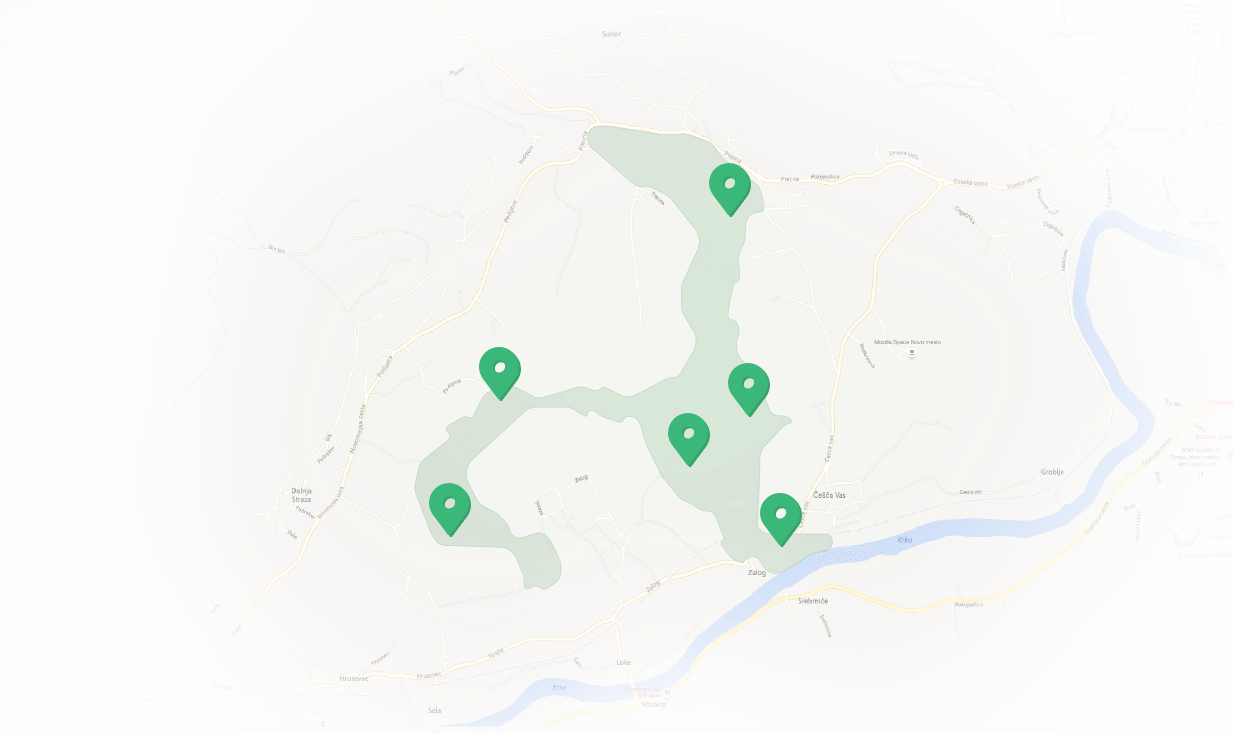The Night Heron Nycticorax nycticorax

Features
The night heron has a short, bold neck and relatively short legs. It is not often seen because it is active at night. Their wingspans measure from 105 to 112 cm.
| Species | Bird |
| Living space | Field, Lake, Meadow, Pond, Swamp |
| Size | 58 - 65 cm |
| Weight | 800 g |
Description
The lower part of the adult bird's body is light gray. Their heads, napes, backs and strong long beaks are black while their pupils are dark red. In the spring, at the beginning of the breeding period, the legs of the night heron are raspberry red in colour, and long, narrow white feathers are grow from their napes. After mating, the white feathers slowly fall out and their legs become yellowish. Young specimens are not similar in appearance to adults, aside from their postures. The feathers of young specimens are scarlet and gray, speckled with whitish or brownish spots, and their beaks are yellowish, the upper half and tip being black. They hunt for frogs, fish, crayfish, insects and other edible foods in the evening when the sun goes down. Over the course of the day, they rest in tree trunks or bushes and usually only leave when we approach them. They nest from April to June in tree trunks, shrubs, reeds, on rocky cliffs above water, and sometimes on the ground, but always near water. In terms of migration, they can move away from riparian areas and we can also see them in more open areas, for example, in meadows or fields.The Night Heron
on the habitat Temenica
It is most often noticed in May; otherwise, it can be seen throughout the summer.

Features Temenica (3)
SPECIAL ogr.




